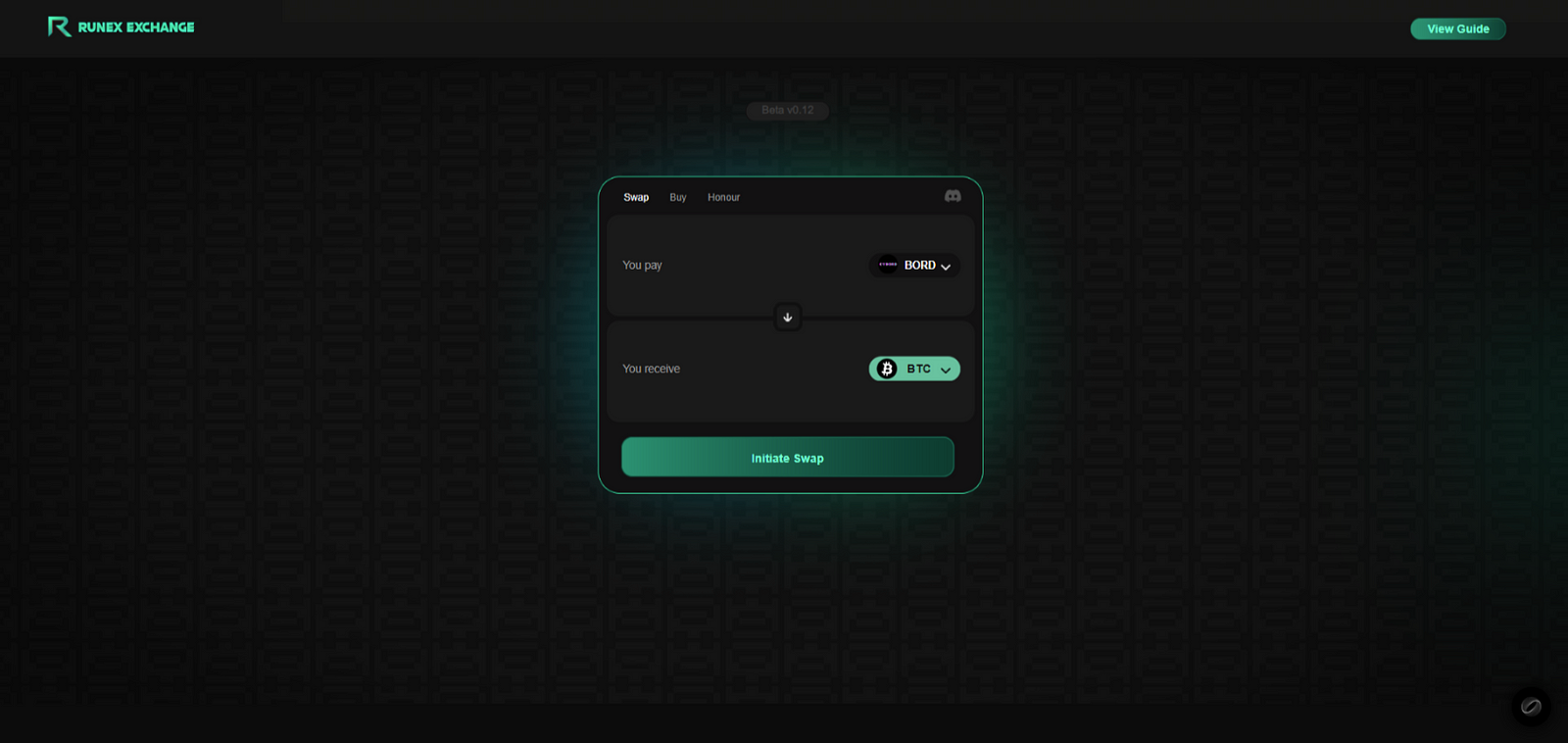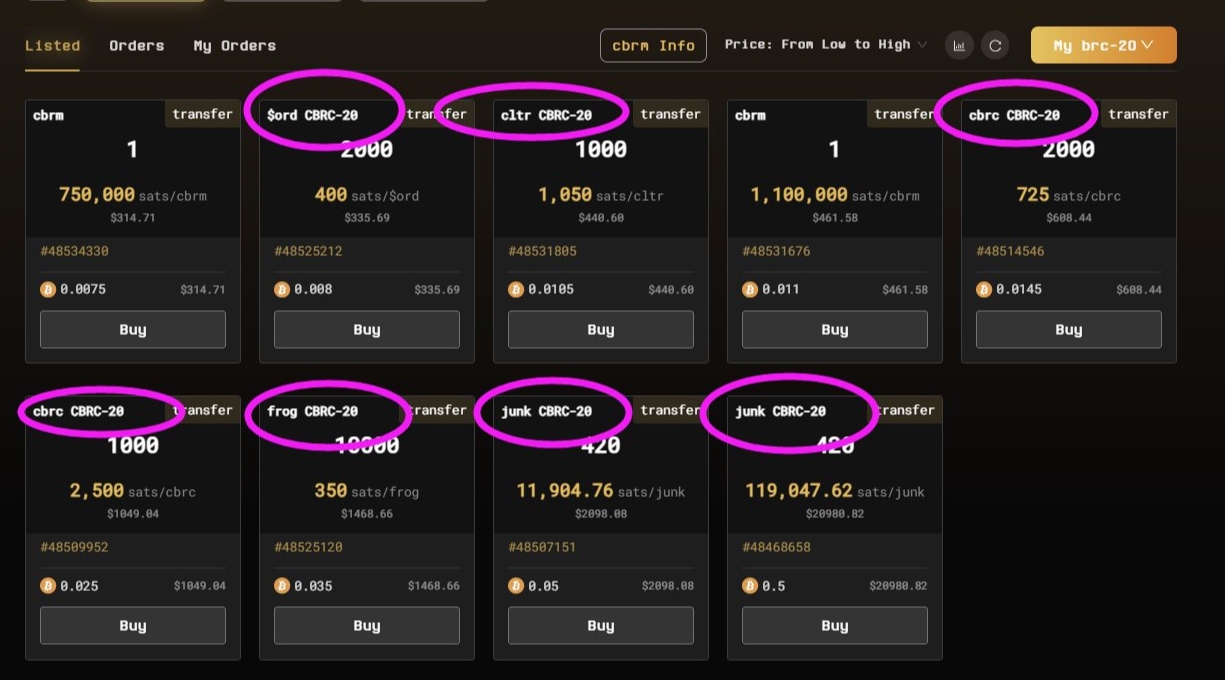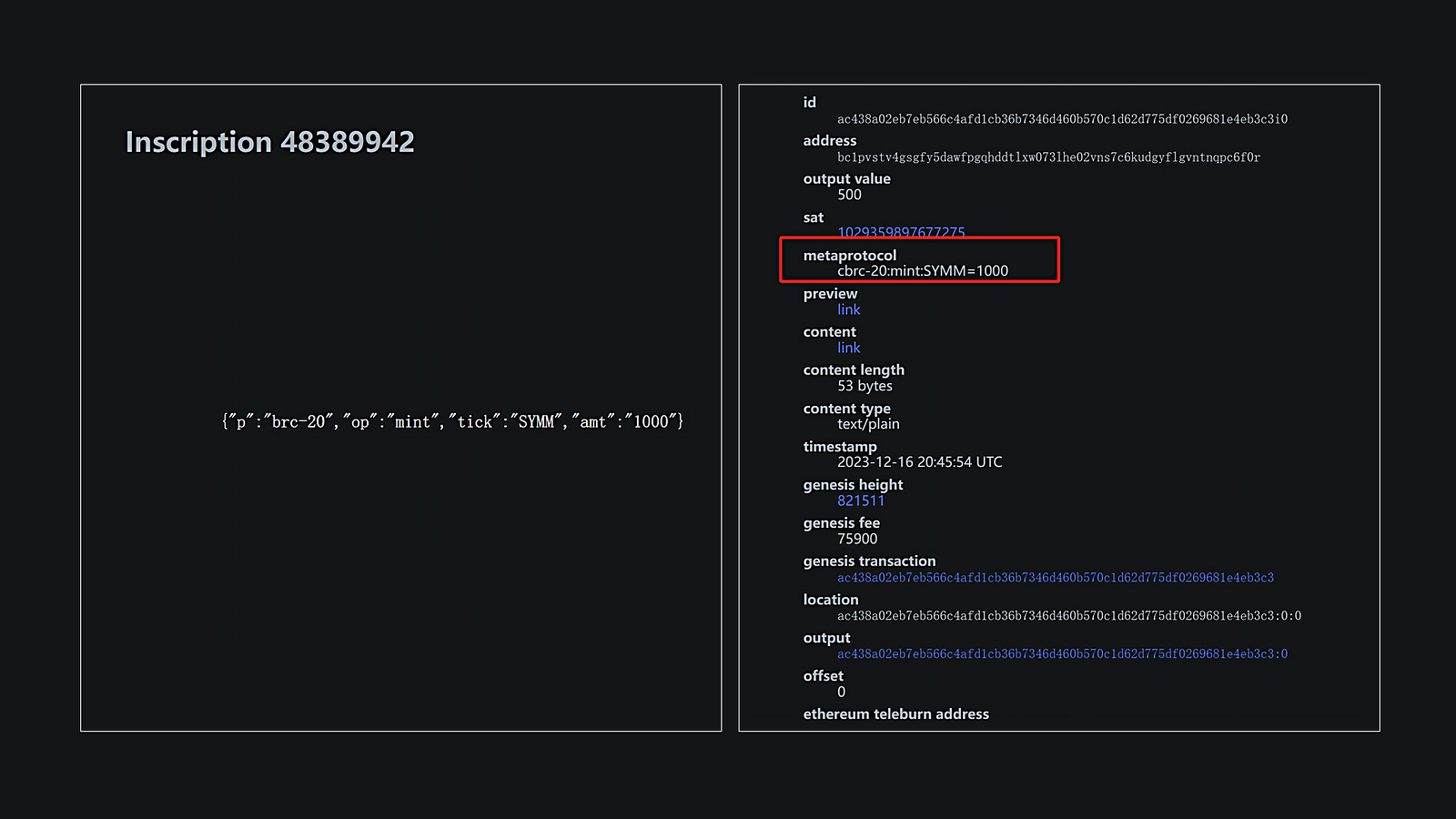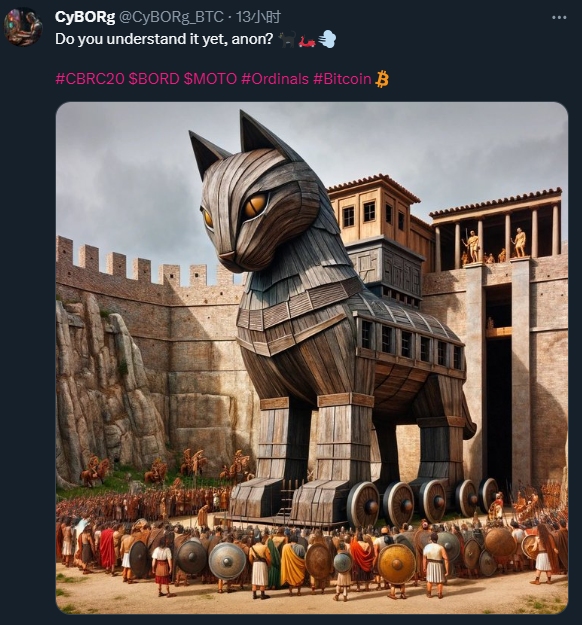Author: Uncle Jian
I. Rune Alpha
The reason why Rune Alpha has become popular is mainly due to the recent high discussion of the concept of "runes." The concept of "runes" was initially proposed by Casey and gained renewed attention due to BTC Core core developer Luke's opposition to "inscriptions." The essential difference between "runes" and "inscriptions" is that "runes" are stored in UTXO, while "inscriptions" such as BRC-20 based on Ordinals are JSON text stored in the segregated witness data of Bitcoin scripts.
Although Rune Alpha claims to be "runes," according to the Rune Alpha white paper, it is actually a new inscription protocol based on the ordinals protocol version 0.11.1, which is different from Casey's proposed "runes." So, Rune Alpha is not actually "runes," it just rides on the popularity of the name.
However, whether it is truly "runes" is not important. Rune Alpha has successfully gained popularity. In the currency circle, you can have a bad reputation, but you absolutely cannot lack popularity. The minting cost of the first token $cook of this protocol is around a dozen U, and the current OTC price has risen to 400U, but it has not yet been introduced to the trading market.
II. CBRC-20
CBRC-20 is a high-efficiency meta-protocol standard proposal for replaceable tokens on Bitcoin, formulated through Ordinals. By utilizing the new metadata and metaprotocol fields introduced in ord 0.10+ (allowing any attribute to be directly stored in the Inscription envelope), CBRC-20 maintains the same functional logic as the BRC-20 meta-protocol while reducing the cost of each inscription and simplifying the indexing process.
Since CBRC-20 is an upgraded version of BRC-20, what optimizations does it achieve?
- Reduced recording costs
Deploying, minting, or transferring any CBRC-20 token only requires the inscription of the number "0" on the token. As a text file, the inscription cost is reduced by 10 times compared to other meta-protocol ordinal token standards.
- Simplified indexing
CBRC-20 provides a simple way to index the state of CBRC-20 meta-protocols, as all information can be directly obtained from the envelope of each inscription.
- Flexibility of MIME data
The CBRC-20 standard allows the use of any MIME data to deploy, mint, or transfer CBRC-20 tokens. For example, issuing instructions for tokens only requires filling in "0" as text content, reducing costs by 10 times compared to other Ordinals meta-protocols.
- Compatibility with higher versions of the Ordinals protocol
Unlike BRC-20, which is limited to the functionality of Ordinals 0.9, CBRC-20 can leverage the latest features introduced in Ordinals 0.10 and higher versions.
The CBRC-20 team has not developed its own market yet, but has managed to list its tokens on various trading markets through various clever methods.
- One is to directly list the inscription SWAP on RuneX;

- Another is to forcefully list on Unisat through a modified Unisat. The transferred inscriptions are all cbrm collections. The founder created a Greasemonkey plugin that can directly read the inscription information on Unisat, and then see which specific inscription it is.

In addition to listing on the above two trading markets, the community has spontaneously created a trading market for CBRC-20 tokens and has attached CBRC-20 tokens to BRC-20 tokens, using a method similar to a "Trojan horse" to list CBRC-20 tokens on Unisat. However, this method is highly experimental and does not guarantee the security of assets.
Recently, the founder initiated an OSMOSIS experiment and deployed the first meta-meta-protocol inscription $SYMM. How to understand "meta-protocol" and "cross-indexing"?
"Meta-protocol" is a term used by the Ordinals community to describe interactive "protocols." Formalized through on-chain information and off-chain indexing (such as BRC-20, SNS, Bitmap, etc.).
Due to the non-overlapping nature of the two BRC/CBRC meta-protocols, it is possible to complete the deployment/minting/transfer operations of two meta-protocols at once with a single inscription. If the holder simultaneously holds both, then the $SYMM in hand is "valid." The left image in the figure below is the inscription of a two-in-one $SYMM inscription.

Overall, CBRC-20 is like a "Trojan horse," using the inscription method of CBRC-20 to simultaneously inscribe inscriptions of multiple protocols, thereby to some extent conducting a "vampire attack" on other protocols. Similar to the Trojan horse that the founder often tweets about, CBRC-20 has achieved "listing by borrowing the shell."

III. BTNS
Broadcast Token Naming System (BTNS) is an ecosystem on the BTC main chain built by one of the early BTC holders and development members, @jdogresorg. The basic idea is to transmit a broadcast signal with each BTC transaction, using blockchain records as data basis and ledger indexing to make it possible for BTC to issue its own native on-chain assets, tokens, and NFTs.
BTNS-420 is a token protocol standard with integrated asset issuance and transfer features built by @jdogresorg based on BTNS, making the concept of BTNS possible.
What are the differences between BTNS tokens and inscriptions/runes?
- First, the token assets in the BTNS ecosystem do not modify or occupy BTC, which is more in line with the direction of the BTC ecosystem. In contrast, inscriptions and runes rely on the storage of BTC itself, resulting in a large amount of BTC token occupation and resource waste. Asset minting based on broadcasting is more open and fair. Although the indexing is constructed by @jdogresorg, all broadcast data is stored in blocks along with BTC transaction information, completely transparent and publicly accessible. The existence of indexing is more about limiting and tracking the total amount of assets, rather than centralizing the indexing to target specific assets.
- BTNS has no potential risks because it is completely open source, and all infrastructure construction is based on the features and functions of BTC itself, without major controversial discussions.
What value does BTNS bring?
- BTNS has made it possible to issue assets based on the BTC main chain, completely relying on the characteristics of BTC itself. Its release allows BTC to build all assets without loss of total quantity. With further improvements, it is very likely to turn BTC into a completely playable and environmentally friendly mainstream ecological chain (note that it is an ecological chain, not just a valuable coin).
- The recent revolution of inscriptions and runes has brought about congestion issues for BTC. The author believes that if BTNS is introduced to build the ecosystem, its framework and upgraded token protocols allow for airdrops, fair indexing (referring to specified or specific instruction indexing), and other methods, making assets no longer dependent on grabbing, first come first served, or high gas priority. It provides a more fair way to obtain assets, such as registration address airdrops, specified block restrictions, and even low gas transaction indexing.
According to the community, @jdogresorg is currently on vacation and has suspended development work. Based on the latest updates from his Twitter, this seems to be the case. Therefore, there has been no progress in the development of the market as expected.
Summary
The above is an introduction to the recent new Bitcoin protocols. Both Rune Alpha and CBRC-20 have not deviated from the concept of inscriptions and are both a way of issuing assets based on Ordinals. However, CBRC-20 has done better in terms of innovation, making it possible to simultaneously inscribe inscriptions of multiple protocols. In concept, BTNS is larger than these two, as it belongs to the category of meta-protocols, while Rune Alpha and CBRC-20 belong to the "second-layer protocols" (referring to standards or protocols developed based on Ordinals). Additionally, BTNS, in the form of "broadcasting," allows for the issuance of assets on Bitcoin without occupying Bitcoin (here, the merits of occupation are not evaluated).
免责声明:本文章仅代表作者个人观点,不代表本平台的立场和观点。本文章仅供信息分享,不构成对任何人的任何投资建议。用户与作者之间的任何争议,与本平台无关。如网页中刊载的文章或图片涉及侵权,请提供相关的权利证明和身份证明发送邮件到support@aicoin.com,本平台相关工作人员将会进行核查。




